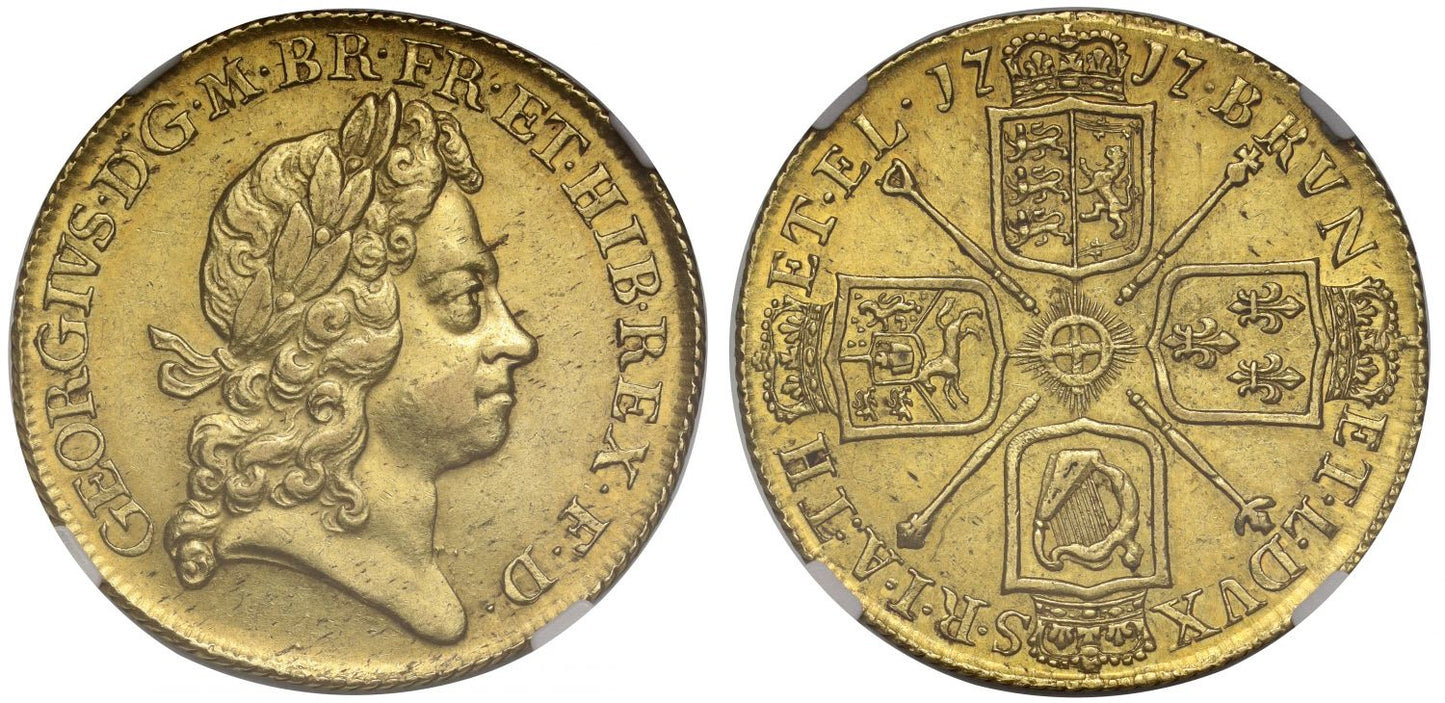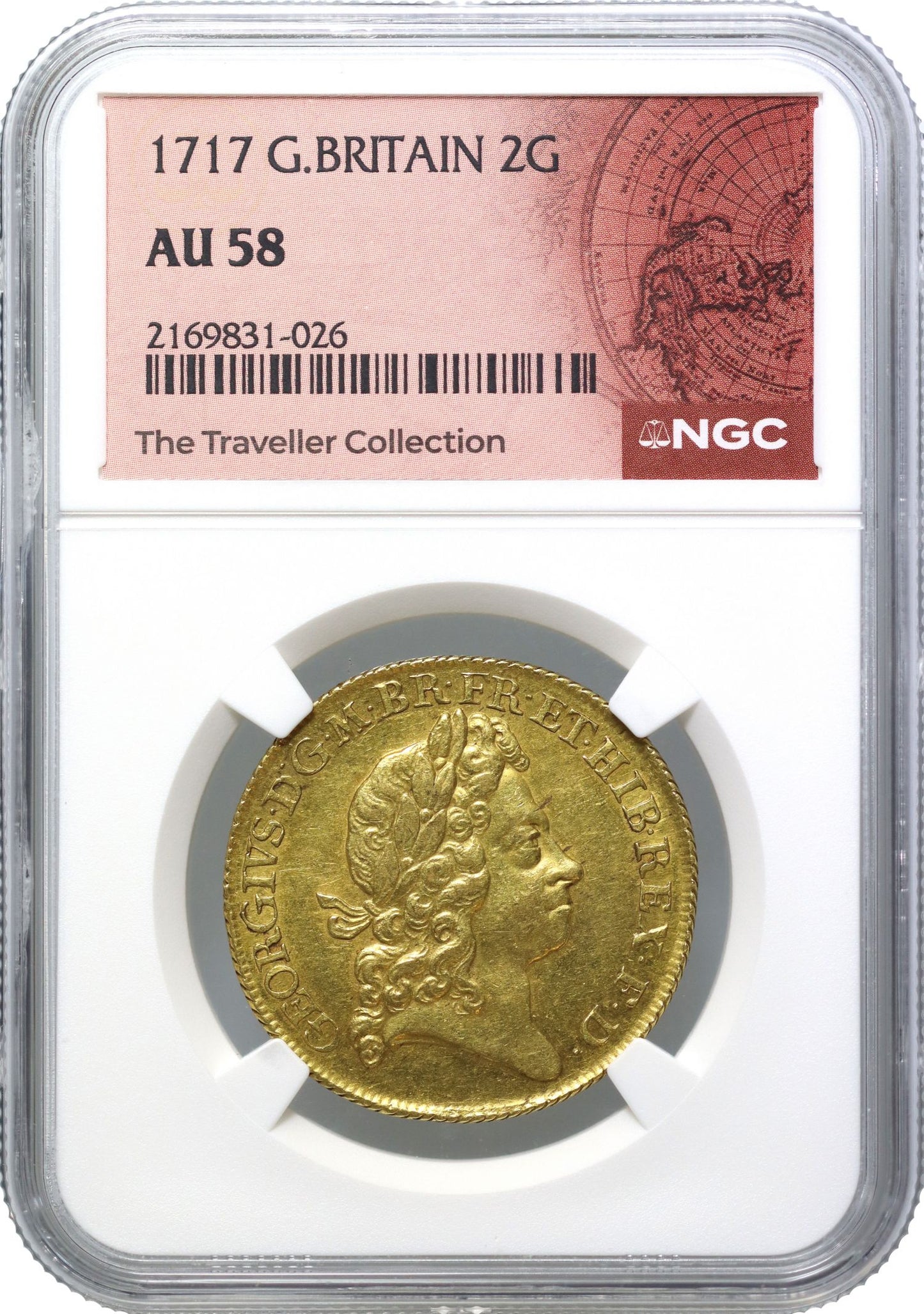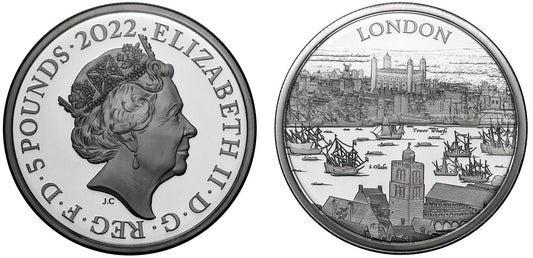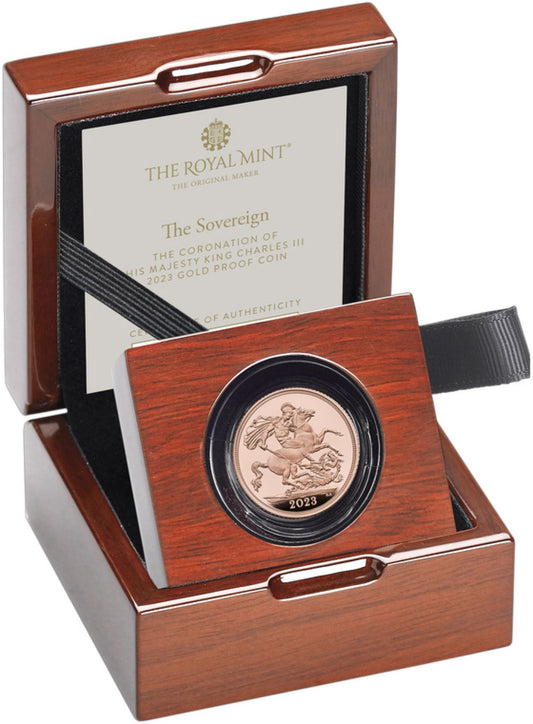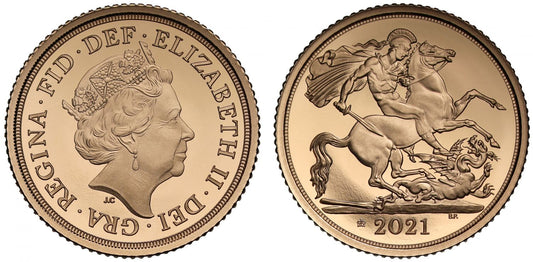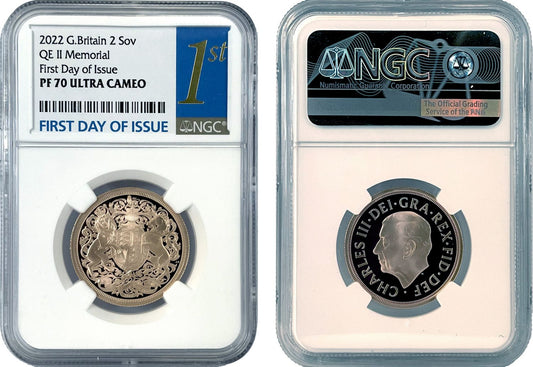FAQs
What makes a coin valuable?
I have coins to sell, what’s the next step?
How will my purchases be shipped?
What happens if I’m not entirely happy with my purchase?
George I 1717 Two-Guineas, first year for reign, AU58 ex Traveller Collection
George I (1714-27), gold Two Guineas, 1717, laureate head right, legend and toothed border surrounding, GEORGIVS. D.G. M.B.FE. ET. HIB. REX. F.D., rev. crowned cruciform shields, incorporating the Arms of Hanover, sceptres in angles, garter star at centre, date either side of top crown, BRVN ET. L. DVX S.R.I.A.TH ET. EL. (Schneider -; Bull EGC 499; MCE 242; Traveller 2070 this coin; S.3627). Toned with some light wear and surface marks, some flecking both sides, has been slabbed and graded by NGC as AU58 with special provenance label, rare date.
NGC certification 2169831-026 - currently the joint third finest graded example at NGC. For comparison PCGS have only graded one example also as AU58, this being a rare date.
The Latin legends translates as on the obverse "George, by the grace of God, King of Great Britain, France and Ireland, Defender of the Faith" and on the reverse "Duke of Brunswick and Luneberg, High Treasurer and Elector of the Holy Roman Empire." and additionally on the edge "An ornament and a safeguard, in the third year of the reign."
1717 is the first year for the gold Two Guineas of George I, and the calendar year output of gold was £675,777. Sir Isaac Newton was the Master Worker of the Mint at this time and was the first to officially call the gold coinage the "guinea" in a report made in the Mint papers of 1717. The gold coins had been called Guineas colloquially since the time that gold dust and metal began to be imported from the African country of Guinea, during the reign of Charles II.
Provenance Story:
This coin has a most intriguing provenance being hidden away in a European family collection since before World War II. The "Traveller" was a wealthy gentleman who having inherited a portion of a successful family company, made a fortune by promptly selling it and then travelled the world on what was in part an extended honeymoon for the decade between the Wall Street Crash of 1929 and the outbreak of World War II. With the financial instability of the great depression and after dabbling at first with gold bullion, he decided to form an enormous collection of world gold coins from ancient to modern whilst travelling the world to see the relevant dealers in their geographical locations to find the most appropriate coins. The result was a collection of some 15,000 coins, 1,700 of which we are told are British, with all going into secure hiding as of 1940 when the nazi regime encroached on where our traveller was located. Sadly, the collector died of a stroke with the stress of the world situation at this time and the collection remained hidden away for decades, stored carefully in individual envelopes in cigar boxes within locked aluminium strongboxes, that were buried in the ground in a field at the collector's property. His wife carried the secret of the burial location for the decades following and reaching the end of her life some 50 years later divulged the secret to her only daughter, whereupon in the 1990s the family retrieved all the coins intact and secured them safely in a bank vault until it was time to sell by auction in 2025. Though we often hear of buried treasure or hoards of coins from antiquity in the ground, it is not often we hear of a sophisticated coin collection actually being buried for decades, an intriguing story to permanently associate with coins of the Traveller provenance which has been written about in newspapers and online worldwide. We are lucky enough to have secured a small number of rare British coins from this esteemed collection.
We note the Traveller obtained this coin from another large collection that of Thomas Bryan Clarke-Thornhill (1857-1934) who owned over 10,000 coins of the World in varying metals and worked in the diplomatic service but lived on independent wealth in London joining the British Numismatic Society in 1912. When he died the British Museum was given first choice from the collection for potential upgrades and filling of any gaps in the national collection and they selected over 6,000 pieces with the rest being sold. The auction of 1937 contained 936 lots of British and foreign coins and is always a good mark of quality.
Provenance:
Ex T. Bryan Clarke-Thornhill, first portion, Glendining, 24th May 1937, lot 282, sold for £6.
Ex The Traveller Collection.
FAQs
What makes a coin valuable?
I have coins to sell, what’s the next step?
How will my purchases be shipped?
What happens if I’m not entirely happy with my purchase?
